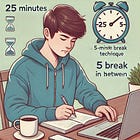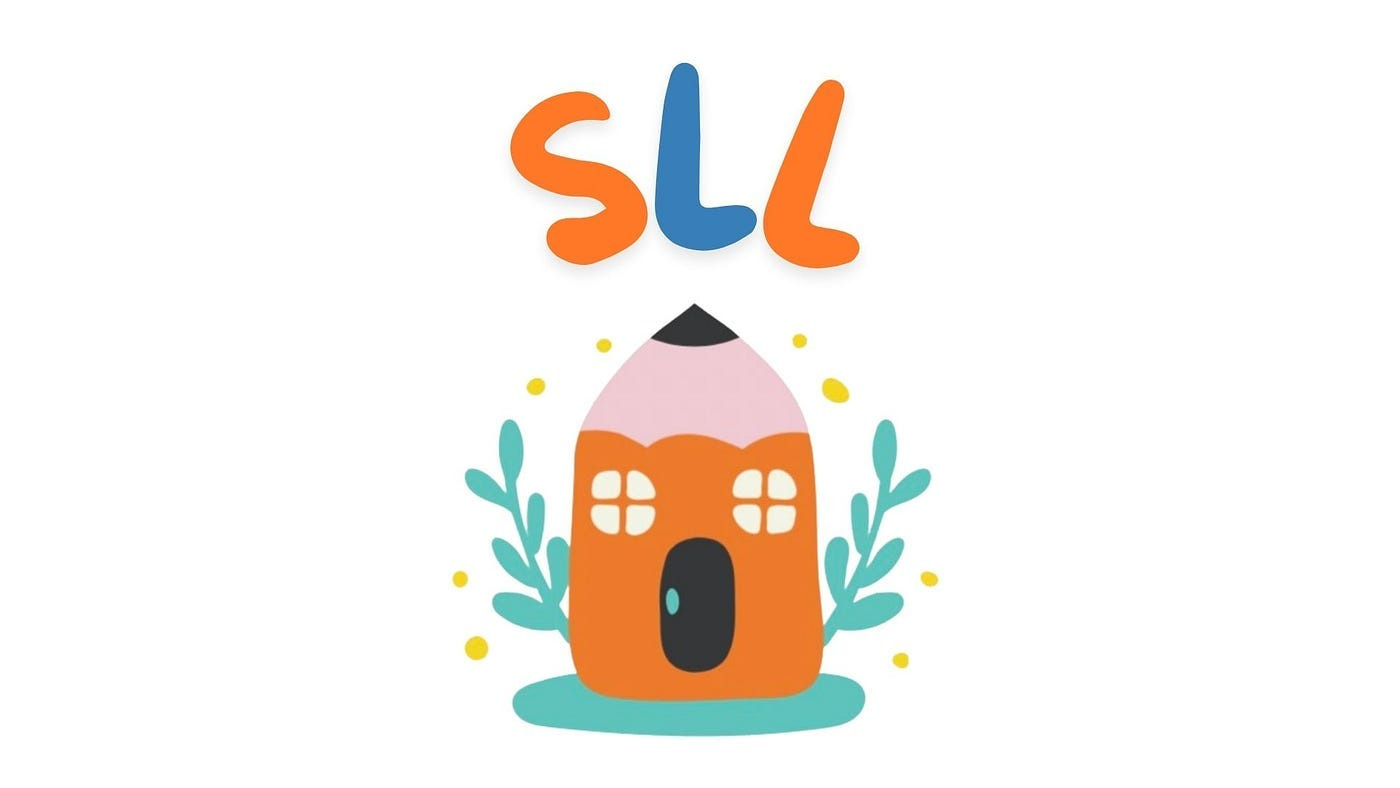
Stop paying for courses.
Especially if you don’t have much money. I’m from Argentina, Latin America, and I never had enough to pay for the online courses I found at Udemy. I was hungry for knowledge though.
So, I had to change my strategy: invest time learning how to learn.
I used the internet and its great resources to learn anything I wanted. Becoming a self-taught and effective learner was one of the greatest soft skills for my CV. And so it can be for yours.
Effective learning is not magic. It’s science.
Let me show you how I learned how to learn anything for free.
Paid Courses Are Not Always Better
I always thought paid education was always better.
Since starting my psychology degree, I have realized this is not true. There are excellent resources on the Internet, and many are free. Once I discovered this, I got super happy.
I always loved studying, but sadly, I didn’t have the resources.
I’m from Latin America. My family had many economic issues, making buying a book or paying for a course impossible. For real, we couldn’t afford that. This is the sad reality of millions of people.
Discovering these resources gave me hope.
I could learn anything I wanted. However, this availability is not enough for effective learning. You don’t learn passively. You must do it actively to link that information to your long-term memory.
A special note here:
Many of my subscribers come from developing countries like mine.
I created the Super Learning Lab to help everyone in the world learn anything effectively using free resources on the internet. But the key question is: can everyone have access to it?
We might be tempted to say yes.
But the brutal truth is no.
Nearly one billion students lack internet access or cannot afford it.
This makes them miss education, online jobs, healthcare, and equal opportunities.
52% are girls.
I realized this after reading blogs and watching videos about people struggling to study using these free resources. This led me to get in touch with Giveinternet, a heartful charity program that helps students around the world gain access to the internet and education to people.
Why do I support it? Because I believe in the power of self-taught learning.
If you want to help students around the world like me, especially in these times, consider donating. Every dollar you give will be matched and doubled by one of the founding members of this charity—at no extra cost to you!
Any cent helps a lot.
Pd: I receive nothing sharing this.

Step 1. Meta-learning (and find resources)
Okay, back to the post!
Meta-learning means knowing how to learn something.
It involves understanding the key concepts you should study to master a topic. For example, machine learning requires knowledge of programming, data, algorithms, statistics, etc.
You may fail without a clear map of how to learn that.
My advice is to check for university programs or curriculums. Those people have already created the best way to learn something from zero to being a hero.
Another way is to check for well-structured courses.
Recommended resources:
Coursera: the best platform to learn for free from the best universities and companies in the world.
EdX: free MIT and Harvard courses.
MIT OpenCourseWare: MIT’s programs, curriculums, lectures, and more!
YouTube: full of fantastic tutorials about anything.
You can read more about these platforms here.
Step 2. Study
Time to learn effectively.
This means linking information from your short-term to your long-term memory. Many people think we need teachers to learn something, but I disagree.
Although professors are essential, we can make solid first progress by self-learning something.
The key is how we study and digest information. Rereading and highlighting are some of the worst methods. Luckily, cognitive and educational psychology figured out the best practices.
Want to study effectively? Use these methods.
The best study strategies:
Retrieval.
Spaced practice.
Interleaving.
Interrogative elaboration.
Concrete examples.
Dual coding.
You can read this scientific paper for more information.
Step 3. Build A Learning System
Any super learner has a learning system.
This involves a workflow for storing, organizing, consuming, studying, and working with information. Once you understand it, you will start seeing topics as problems that can be learned step by step.
This is what you should consider for your learning system:
Meta-learning.
Effective study strategies.
Time management: Pomodoro technique.
Second brain: to take notes and organize information.
Feedback: to learn from your mistakes and understand your strengths and weaknesses.
Projects: to transfer what you learned into real-world scenarios.
Relaxing: sleep well and take breaks. We learn and work better when we rest well.
Some ideas:
Learning a new language.
Learning programming.
Learning machine learning.
Learning how to draw.
Learning how to play an instrument.
Learning how to write.
etc.
For anything you want, there’s a free resource.
With the right strategy, you can learn it for free, at your own pace, and strengthen your knowledge and CV.
I hope you find these tips useful.
Ultra-learning saved my career.
It helped me learn anything without overstudying or overworking. But remember, each person has a different life. Perhaps you work full-time and also study. Or maybe you have a family, etc.
Be reasonable, and don’t fall into toxic productivity.
Here are some last recommendations:
Don’t compare yourself with others. Take your time.
This is not a competition. This is about you. Make it fun and healthy.
Please take care of yourself. That’s the most important thing!
Now it is your turn.
What are you going to learn next?
Until the next time,
Axel






